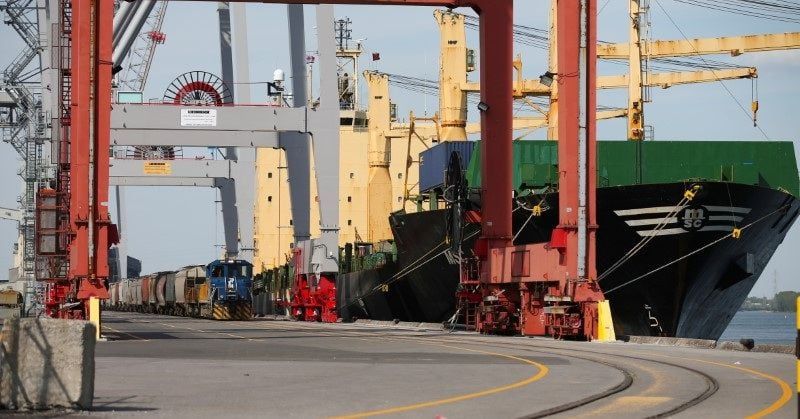
Canada recorded a larger-than-expected trade surplus of C$2.97 billion ($2.19 billion) in October, as exports rose marginally but imports slumped, Statistics Canada said on Wednesday.
Analysts in a Reuters poll had forecast a C$1.60 billion surplus. September’s surplus was downwardly revised to C$1.1 billion from C$2.04 billion initially reported.
Total exports increased 0.1% while imports were down 2.8%.
The decline in imports was led by metal and non-metallic mineral products and motor vehicles and parts, Statscan said. By volume, total imports were down 3.2%.
The motor vehicles and parts category recorded its first monthly decline since March, with imports of passenger cars and light trucks being the largest drag.
“In the context of unstable supply due to strikes by U.S. auto workers in October, a large share of the monthly decline was attributable to lower imports from the United States,” Statscan said.
The slump in imports suggests that firms are now drawing down their inventories as demand weakens, raising the risk that the economy will contract again in the fourth quarter, Stephen Brown, an economist with Capital Economics, said in a note.
On Wednesday, the central bank left its key policy rate at a 22-year high of 5%.
On the export side, aircraft and other transportation equipment and parts drove the gains and helped to offset declines in energy products and basic and industrial chemical, plastic and rubber products.
By volume, total exports were down 0.1%.
The shipments to Saudi Arabia also helped increase exports to countries other than the United States by 3.9%.
Trade slowed with the United States – Canada’s biggest trading partner – with both exports and imports recording declines.
“The details in the trade data suggest some slowing momentum in international demand with key trading partners. This will be an important factor to watch over the coming months,” Marc Ercolao, an economist with TD, said in a note.






